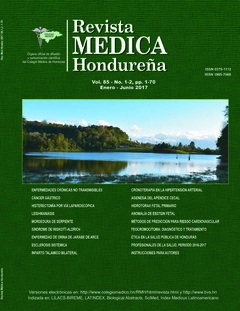Importance Of Chronotherapy In Blood Hypertension
Keywords:
Hypertension, Drug Chronotherapy, circadian rhythmAbstract
Background: Blood pressure (BP) has a marked variation throughout the day. Recently the absence of a night-time drop in systolic blood pressure has demonstrated to increase cardiovascular morbidity and mortality beside other risk factors. In response chronotherapy has emerged as a strategy that has proven to reduce cardiovascular morbidity in hypertensive patients. Case Report: We report here a 72 year old female with Hypertension, Dyslipidemia and Obesity. The medical examination revealed, abdominal obesity, Body Mass Index 37 kg / m2, Office blood pressure 161/81 mmHg. Cardiopulmonary auscultation was normal. The rest of her physical examination was normal. A 24 hour Blood Pressure Monitoring (ABPM) was performed, it revealed higher BP during the night-time (Riser pattern). Because of the high cardiovascular risk, the with-coat effect and the riser status, we decided to perform cronotherapy. A follow up ABPM was performed 8 weeks later. It revealed changes in the circadian pattern and better control of Office blood pressure. Conclusion: The ultimate goal of antihypertensive treatment is to reduce cardiovascular morbidity and mortality, therefore the patient circadian pattern and pharmacokinetics of antihypertensive drugs should be consider when deciding antihypertensive therapy.
Downloads
236




